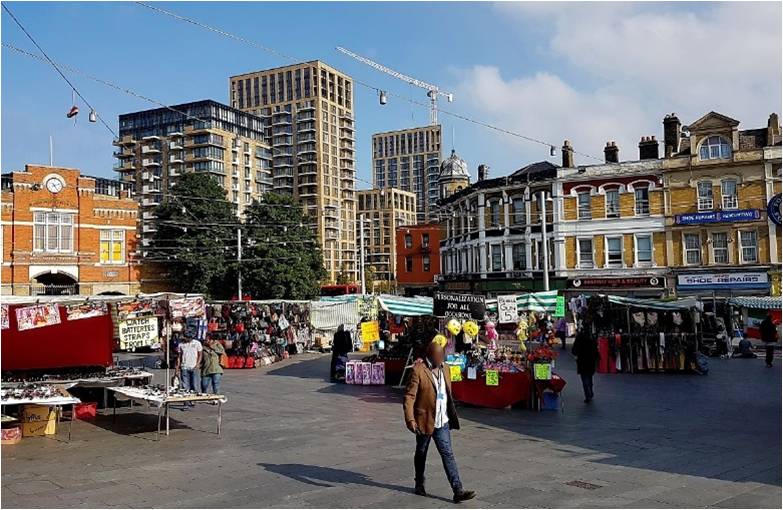THE SYSTEM DYNAMICS
The Deep Cities team of the Institute for Sustainable Heritage at University College London applied the method of system dynamics to explore and map the dynamic interconnections between material, social, cultural, heritage and economic transformation in the historic urban environment of Woolwich, South-east London. If you would like to find out more about this method you can contact the project lead, Prof. Kalliopi Fouseki, at kalliopi.fouseki@ucl.ac.uk

THE SYSTEM DYNAMICS:
- COLLECTING AND CODING THE DATA
- MAPPING ‘CAUSE’ AND ‘EFFECT’ REINFORCING AND BALANCING RELATIONSHIPS ON VENSIM
- MODELLING SYSTEM DYNAMICS
- Aknowledgements
- Further Readings
- RESOURCES to download
The system dynamics method is a common method used in urban dynamics and other fields. The underpinning theoretical premises lie in complexity and systems thinking theories according to which ‘entities’ are complex and dynamic systems the transformation of which is the result of non-linear ‘cause’ and ‘effect’ interrelationships.
Identifying the problem/challenge
Before applying the method of system dynamics, it is important to identify the problem under investigation. By doing so, we can focus on the variables and parameters that directly relate to the problem. In the context of the Deep Cities projects the critical problem we focused is the long-standing decline of the Beresford Square and its market despite continuous efforts to revive them. By using system dynamics we were able to unpack the crucial factors that led to the decline and, accordingly, future revitalization strategies.

Beresford Market on Beresford Square, 2016
Critical reflections and policy implications
The system dynamics can offer a useful tool for thinking in a systemic and complex manner which is essential when investigating complex and dynamic areas such as historic urban environments. However, users of system dynamics need to be cautious of certain limitations, as with any methodology. What matters the most when using system dynamics is not the final output (i.e. causal-loop diagram or model) but rather the process of developing an output. If an output is viewed as the ultimate end, then there is the risk that the output is used as a ‘prediction’ tool or ‘decision-making’ tool with unintended consequences. However, the method can provide a powerful tool for dialogue and reaching consensus. The method can be used in focus groups consisted of decision-makers, policy-makers, residents, heritage professionals and others in order to co-conceptualize and co-design the dynamic transformation of the area. Data will never suffice. Hence, revising periodically the process of co-designing the dynamic transformation of the area in light of the new developments will be critical for deploying sustainable transformation strategies.
aknowledgements
The team from the UCL, would like to extend our appreciation and thanks to the many people who participated in or otherwise supported the Deep Cities activities. Our research would not have been possible without the contributions of many individuals – community members, heritage professionals, local officials, third sector groups, and others – who gave generously of their time and knowledge.
Last update
23.07.2023
